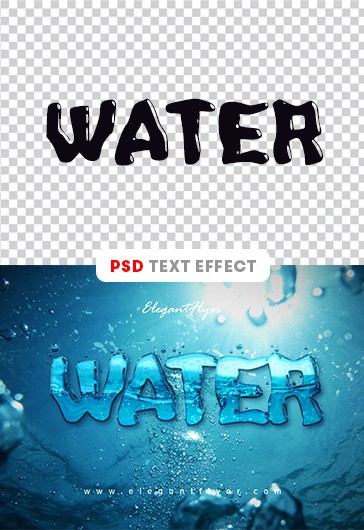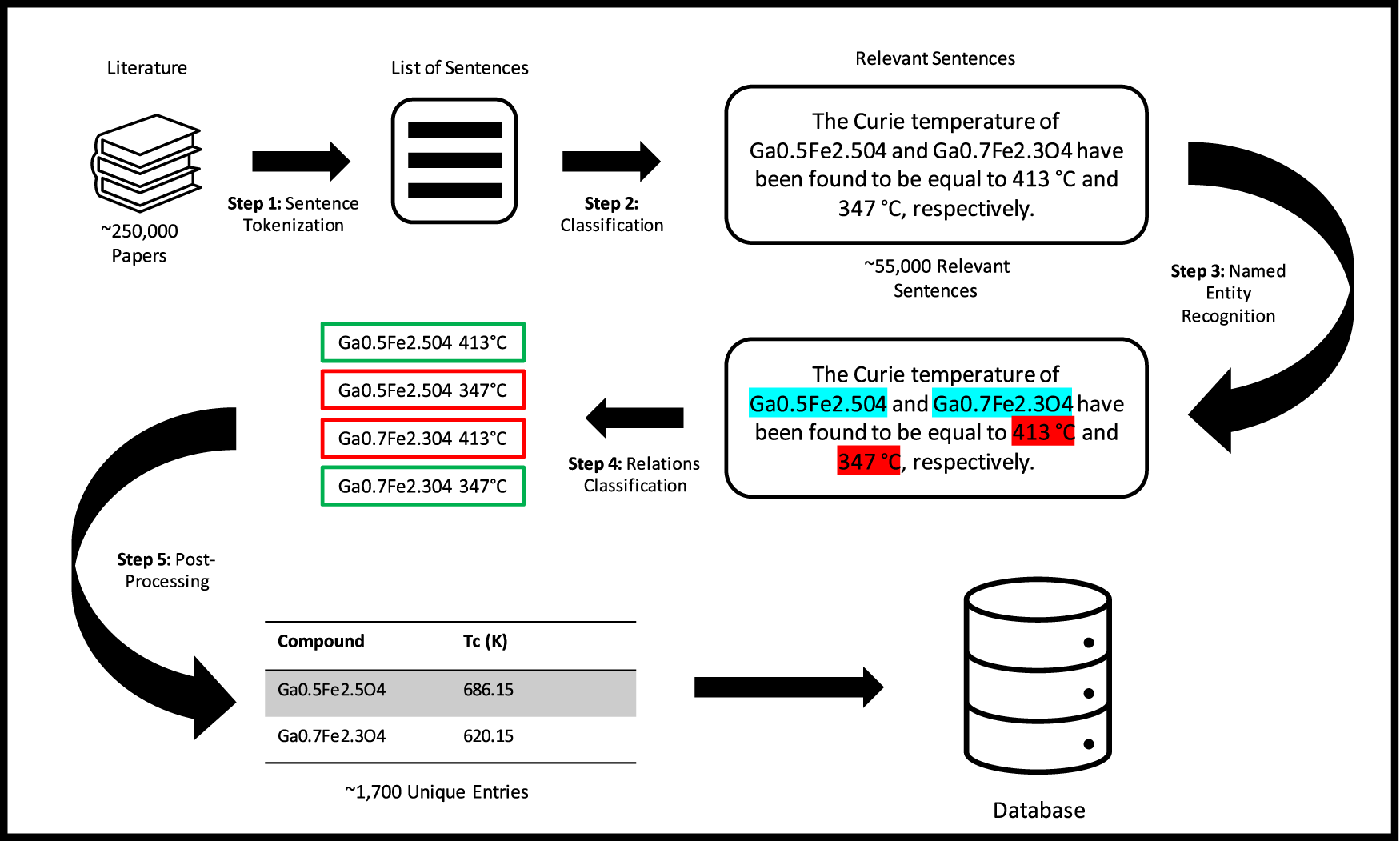Water, Free Full-Text
Por um escritor misterioso
Last updated 14 abril 2025

Runoff from the high-cold mountains area (HCMA) is the most important water resource in the arid zone, and its accurate forecasting is key to the scientific management of water resources downstream of the basin. Constrained by the scarcity of meteorological and hydrological stations in the HCMA and the inconsistency of the observed time series, the simulation and reconstruction of mountain runoff have always been a focus of cold region hydrological research. Based on the runoff observations of the Yurungkash and Kalakash Rivers, the upstream tributaries of the Hotan River on the northern slope of the Kunlun Mountains at different time periods, and the meteorological and atmospheric circulation indices, we used feature analysis and machine learning methods to select the input elements, train, simulate, and select the preferences of the machine learning models of the runoffs of the two watersheds, and reconstruct the missing time series runoff of the Kalakash River. The results show the following. (1) Air temperature is the most important driver of runoff variability in mountainous areas upstream of the Hotan River, and had the strongest performance in terms of the Pearson correlation coefficient (ρXY) and random forest feature importance (FI) (ρXY = 0.63, FI = 0.723), followed by soil temperature (ρXY = 0.63, FI = 0.043), precipitation, hours of sunshine, wind speed, relative humidity, and atmospheric circulation were weakly correlated. A total of 12 elements were selected as the machine learning input data. (2) Comparing the results of the Yurungkash River runoff simulated by eight machine learning methods, we found that the gradient boosting and random forest methods performed best, followed by the AdaBoost and Bagging methods, with Nash–Sutcliffe efficiency coefficients (NSE) of 0.84, 0.82, 0.78, and 0.78, while the support vector regression (NSE = 0.68), ridge (NSE = 0.53), K-nearest neighbor (NSE = 0.56), and linear regression (NSE = 0.51) were simulated poorly. (3) The application of four machine learning methods, gradient boosting, random forest, AdaBoost, and bagging, to simulate the runoff of the Kalakash River for 1978–1998 was generally outstanding, with the NSE exceeding 0.75, and the results of reconstructing the runoff data for the missing period (1999–2019) could well reflect the characteristics of the intra-annual and inter-annual changes in runoff.

14,211 Sparkling Water Symbol Images, Stock Photos, 3D objects, & Vectors

Water ethics : principles and guidelines

Kohley's Superior Water

Simple Note Schedule blue water tracker Template - Venngage

Collection/Where's My Water? Free, Where's My Water? Wiki

Download This Free World Water Day Infographic - GFA World

Organic Decaf Buzz Free Full City Roast Ground Coffee, 24 oz at Whole Foods Market

Minnie Mouse Water Bottle Labels Template Printable Birthday

Decaf Cinnamon - Oren's Coffee NYC

The Full Oasis Water Center

Blue Water - Editable Text Effect, Font Style

Water - Free Text Effect PSD Template - 10033431
Recomendado para você
-
 完美世界_火灵儿_Perfect World_Huo Ling'er - v1.014 abril 2025
完美世界_火灵儿_Perfect World_Huo Ling'er - v1.014 abril 2025 -
 Perfect World: The second season of modeling exposure, Huo14 abril 2025
Perfect World: The second season of modeling exposure, Huo14 abril 2025 -
 Huo Ling'Er14 abril 2025
Huo Ling'Er14 abril 2025 -
 The large fire spirit was exposed, the big transformation was14 abril 2025
The large fire spirit was exposed, the big transformation was14 abril 2025 -
 HUO LING'ER #donghua #shorts #perfectworld #wanmeishijie14 abril 2025
HUO LING'ER #donghua #shorts #perfectworld #wanmeishijie14 abril 2025 -
𝐀𝐧𝐢𝐦𝐞 𝐋𝐨𝐯𝐞𝐫14 abril 2025
-
 Akhirnya Huo Ling'er muncul - BiliBili14 abril 2025
Akhirnya Huo Ling'er muncul - BiliBili14 abril 2025 -
 A rule-free workflow for the automated generation of databases14 abril 2025
A rule-free workflow for the automated generation of databases14 abril 2025 -
 Pin by sakuraprincess on shihao ♥️huo Ling er in 202314 abril 2025
Pin by sakuraprincess on shihao ♥️huo Ling er in 202314 abril 2025 -
 Qianlong Emperor - Wikipedia14 abril 2025
Qianlong Emperor - Wikipedia14 abril 2025
você pode gostar
-
![[PAL] Sonic the Hedgehog 2 - Sega Genesis [Mega Drive] - Complete – Retro Raven Games](https://retroravengames.com/cdn/shop/files/PAL_SonicTheHed2_MegaDrive_grande.jpg?v=1687015000) [PAL] Sonic the Hedgehog 2 - Sega Genesis [Mega Drive] - Complete – Retro Raven Games14 abril 2025
[PAL] Sonic the Hedgehog 2 - Sega Genesis [Mega Drive] - Complete – Retro Raven Games14 abril 2025 -
 FNaF Desenho:Withered Freddy Five Nights at Freddys PT/BR Amino14 abril 2025
FNaF Desenho:Withered Freddy Five Nights at Freddys PT/BR Amino14 abril 2025 -
 Yuusha Party wo Tsuihou Sareta Beast Tamer Vol.1-7 set Japanese Novel USED14 abril 2025
Yuusha Party wo Tsuihou Sareta Beast Tamer Vol.1-7 set Japanese Novel USED14 abril 2025 -
World Tiger Day: Threats To The Majestic Cat - Wildlife SOS14 abril 2025
-
 Stream Sonic.exe music Listen to songs, albums, playlists for free on SoundCloud14 abril 2025
Stream Sonic.exe music Listen to songs, albums, playlists for free on SoundCloud14 abril 2025 -
Subscribers : Fire Haven Epic Wubbox! [My Singing Monsters] [Mods]14 abril 2025
-
 ต้อนรับปีใหม่!!! Anime Season Winter 2018 มาดูกันช่วงฤดูหนาวต้นปี14 abril 2025
ต้อนรับปีใหม่!!! Anime Season Winter 2018 มาดูกันช่วงฤดูหนาวต้นปี14 abril 2025 -
Replying to @user9czxkhbq4a Excellence from piccolo💯💯 #phangito #pi, Dragon Ball14 abril 2025
-
 Trekking Vamos Sticker by Playscores for iOS & Android14 abril 2025
Trekking Vamos Sticker by Playscores for iOS & Android14 abril 2025 -
 Volvo FMX 6x6 2 zijdige kipper met HMF 1643 Z2 autolaadkraan 143.000 KM!!14 abril 2025
Volvo FMX 6x6 2 zijdige kipper met HMF 1643 Z2 autolaadkraan 143.000 KM!!14 abril 2025

